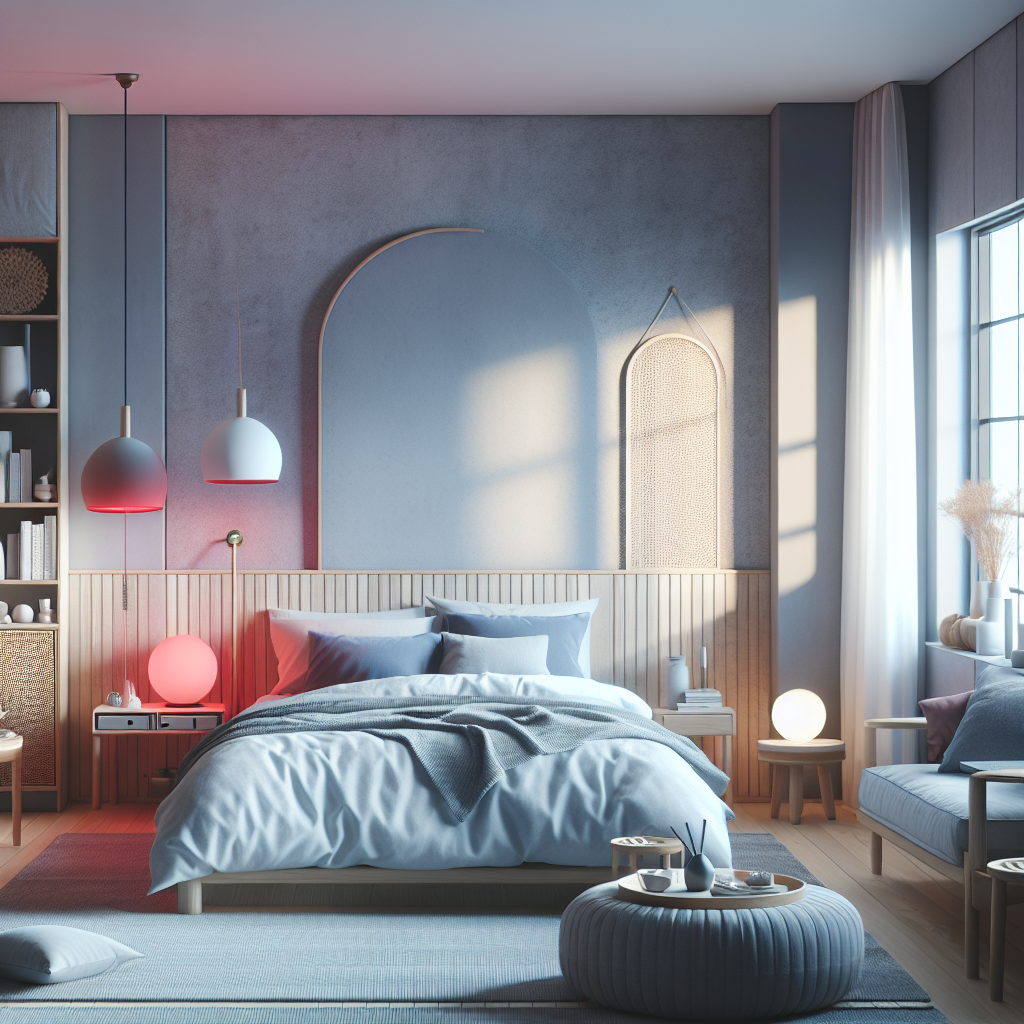Can Red Light Therapy Improve Sleep? Exploring the Science and Practical Tips
Published on July 20, 2025

Understanding Red Light Therapy
Red light therapy involves exposing the body to low wavelengths of red light. Unlike ultraviolet rays from the sun, red light does not cause damage to the skin or eyes. Instead, it penetrates deep into the skin and is believed to aid in various healing processes, including improving sleep quality.
How Red Light Affects Melatonin and Mitochondria
Melatonin is a hormone responsible for regulating our sleep-wake cycles. Exposure to intense blue light (from screens and harsh lighting) can suppress melatonin production, disrupting sleep. Red light, however, does not impact melatonin negatively. Instead, research suggests it may support healthy melatonin levels, thus promoting better sleep onset and duration.
The mitochondria are our cells' powerhouses and play a crucial role in energy production. Red light enhances mitochondrial function, improving cellular energy and promoting healing and recovery. A 2019 study published in the Journal of Sleep Science found that participants who used red light therapy experienced improved mitochondrial function, leading to better quality sleep.
Timing and Device Tips
- Evening Use: Use red light therapy 20-30 minutes before bedtime to support natural melatonin production and prepare the body for sleep.
- Device Choice: Select a device that offers red and near-infrared light for optimal penetration and effectiveness. Brands like "SleepGlow" and "LightRest" are known for their quality.
- Consistency is Key: Incorporate red light therapy into your nightly routine to see noticeable benefits over time.
Scientific Studies and Expert Opinions
Several studies underscore the potential of red light therapy in improving sleep:
- A 2022 study in Sleep Medicine Journal revealed that subjects exposed to red light therapy reported longer and more restorative sleep over a four-week period compared to those who did not use the therapy.
- Renowned sleep expert Dr. Linda Norris states, "While more research is needed, the existing studies offer promising insights into red light's ability to harmonize the body's internal clock and improve sleep quality."
Safety and Usage Guidelines
Red light therapy is generally regarded as safe. However, it's important to follow these precautions:
- Avoid Overuse: Stick to recommended exposure times (usually 20-30 minutes) to prevent skin irritation.
- Device Safety Checks: Ensure your device meets industry safety standards.
- Consult Professionals: If you have existing skin conditions or are pregnant, consult a healthcare provider before using red light therapy.
Combining Red Light Therapy with Sleep Hygiene
Incorporating red light therapy should not replace good sleep hygiene but rather complement it:
- Limit Screen Time: Reduce exposure to screens an hour before bed to capitalize on the benefits of red light.
- Create a Sleep-Friendly Environment: Keep your bedroom dark, cool, and quiet.
- Mindfulness and Relaxation: Pair red light therapy with mindful practices like meditation to calm the mind.
When I introduced red light therapy into my own routine, it was the combination with other sleep hygiene practices that truly made a difference. For instance, practicing mindfulness before bed, similar to techniques described in Sleep Anxiety: How to Calm Your Mind Before Bed, greatly enhanced the therapy's effects.
Personal Anecdote
During my burnout phase two years ago, sleep was elusive, and my energy was depleted. A friend recommended red light therapy; skeptical but hopeful, I incorporated it into my evening routine. Within weeks, I noticed a significant improvement in my sleep quality and daytime alertness. This experience, paired with deeper mindfulness practices, confirmed for me the promise red light therapy holds.
Conclusion
Red light therapy might just be the sleep aid you're seeking, bridging the gap between technology and natural healing. By understanding its effects on melatonin and mitochondria, adhering to proper usage guidelines, and integrating it with robust sleep hygiene practices, you can create a sanctuary of restfulness.
Frequently Asked Questions
Martin Lain — Sleep Researcher & Creator of SleepCureAI
Martin Lain combines modern sleep science, circadian-rhythm research, TCM-inspired insights, and AI-based pattern analysis to help people understand their sleep more deeply. His work integrates gentle nighttime rituals, nervous system regulation, and data-driven tools.